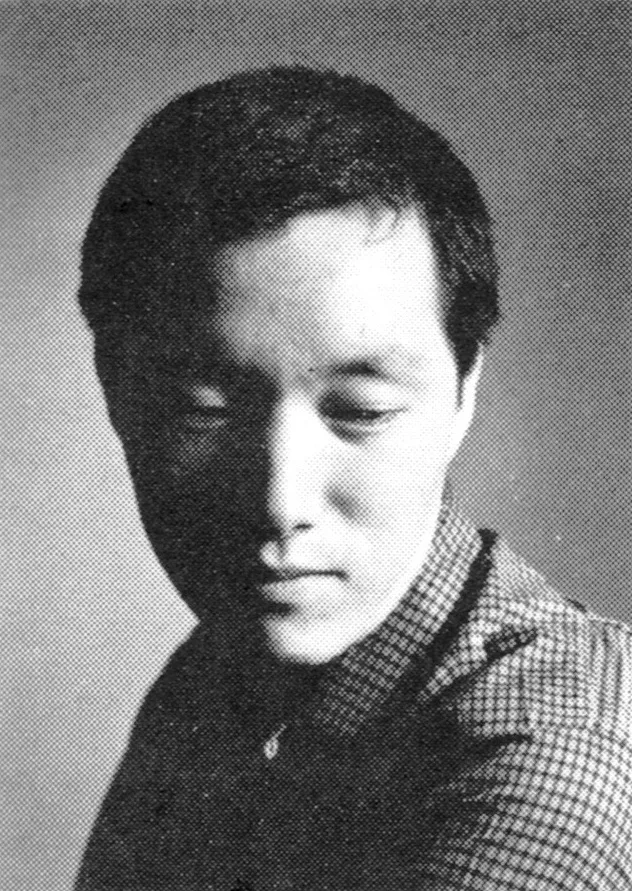
Information
Cover Design: Ikko Tanaka
Editor in chief: Yoshihisa Ishihara
Editorial Director: Noboru Sakamoto
Publisher: Shigeo Ogawa
Editorial Cooperation: Ohchi Design Office
Editorial Cooperation: Midori Imatake
Content includes:
Special feature: Ikko Tanaka / World of Symbols by Motoo Nakanishi
Pierre Le-Tan by Shigeru Watano
The ballets transformed by the three art of graphic designers by Syuji Fujii
The Original Art by Dills Evans, Shinichiro Tora
Hirokazu Hashimoto and his elaborate illustration by Hideo Mukai
Tadanori Yokoo oneman exhibition by Shigesato Itoi
New York Art Directors Club, “Hall of Fame in 1980” Gene Federico, Otto Storch, Henry Wolf
Billboard Spectaculars by Marc Treib
Seibu Lions design policy by Gan Hosoya, Tadasu Fukano
Group Grapus by Gérard Mermoz
The Corporate design for the Hotel New Carina
Ken Miki’s Creative Idiosyncrasy
Details
Linked Information
